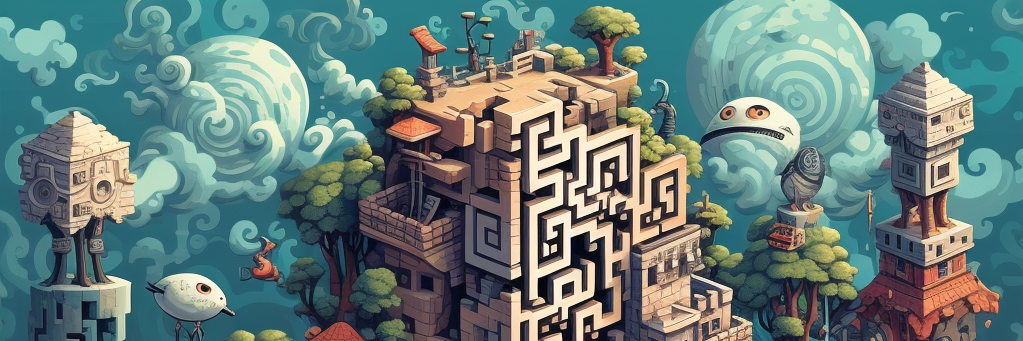QR codes, the efficient tool to quickly access digital content, have recently been reimagined through a creative lens. Two of the most exciting developments in this arena are artistic QR codes and animated QR codes. These new iterations retain their essential functionality while introducing fresh, aesthetic, and engaging elements.
Artistic QR Codes:
Artistic QR codes (also known as designer or custom QR codes) have emerged as a creative fusion of function and design. No longer are QR codes restricted to the typical black and white pixelated pattern. They now come in a variety of colors, shapes, and designs, often incorporating brand logos, images, or artistic elements.
This artistic transformation serves a dual purpose. Firstly, it makes the QR code visually appealing and more likely to grab the attention of potential scanners. Secondly, it allows brands to incorporate their logos or other brand-specific elements, enhancing brand recognition.
Companies like Spotify have used custom QR codes, dubbed “Spotify Codes,” to make sharing music more intuitive. Users simply scan the code attached to a song, album, or playlist to access the content.
Animated QR Codes:
On the cutting edge of QR code technology, animated QR codes introduce an element of movement. These codes, also known as QR code gifs, consist of a series of QR codes displayed in a quick sequence, each leading to a different destination or piece of information.
Animated QR codes offer dynamic interactivity and can display more information than a traditional static QR code. For instance, a restaurant might use an animated QR code to cycle through different daily specials, or a retailer might use one to showcase a variety of products or promotions.
Beyond the Code:
Both artistic and animated QR codes offer potential to enhance various interactive experiences.
Imagine an art installation where scanning a beautiful, artistic QR code takes you to an audio guide describing the artwork. Or consider a location-based game where part of the adventure is finding and scanning artistically rendered QR codes, each revealing a different clue or game element.
For animated QR codes, possibilities are equally fascinating. A music festival could use an animated QR code to cycle through the lineup, giving attendees a unique, interactive way to see which bands are performing. An immersive theatre performance might use an animated QR code to guide the audience through different parts of the experience, with each scan leading them to a different scene or character interaction.
Artistic and animated QR codes exemplify how technology can be used in creative and aesthetically pleasing ways, while still maintaining its utility. In a world increasingly blending digital and physical elements, these novel iterations of QR codes offer intriguing potential for a wide range of applications and experiences.

